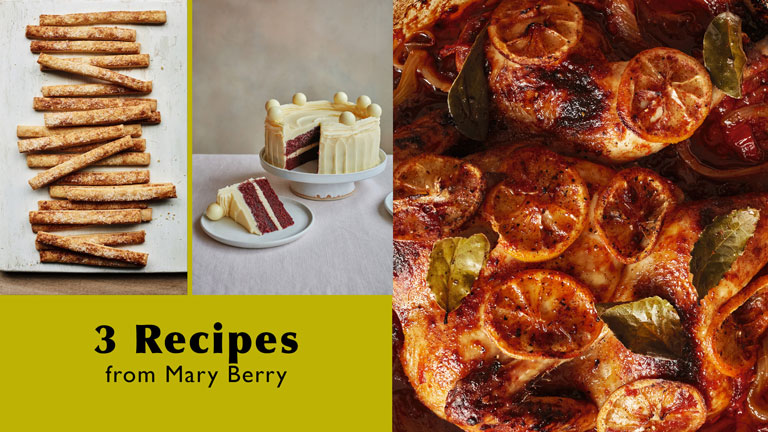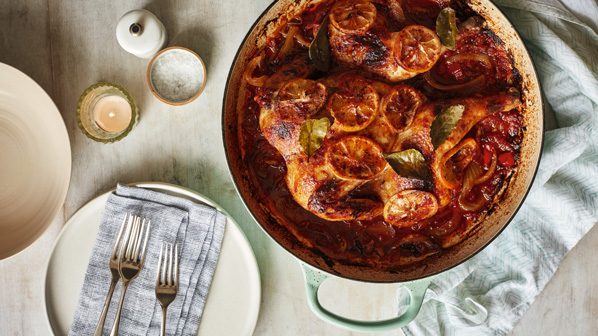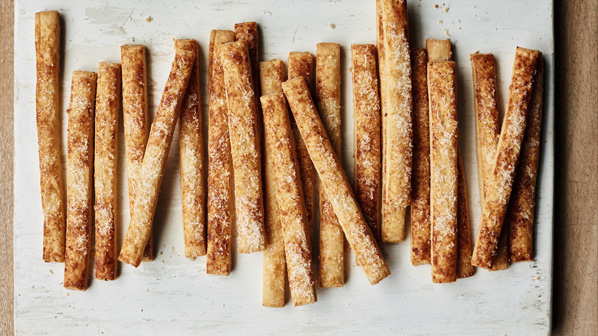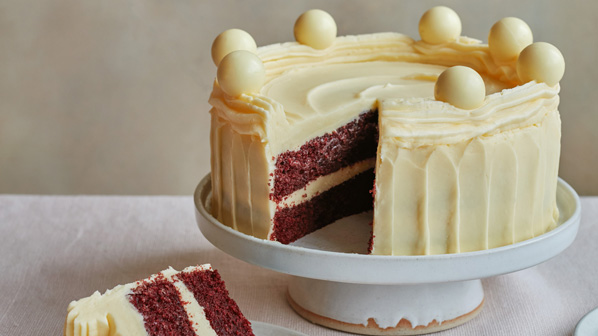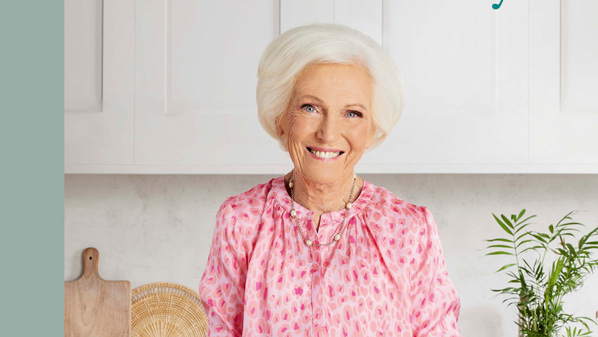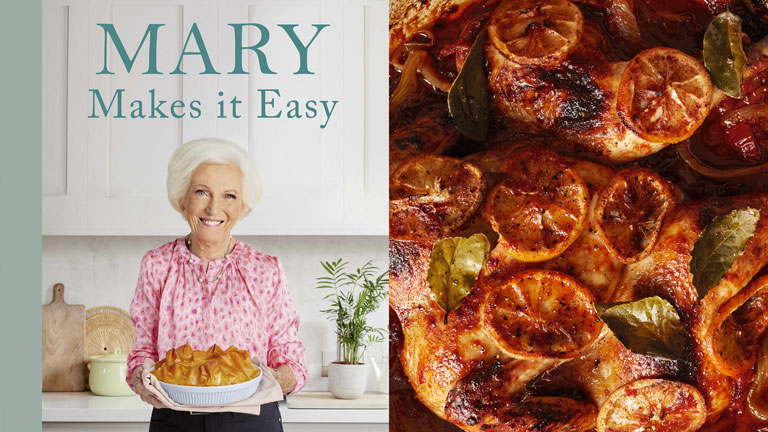When Your Deposit Or Completion Monies Could Be At Risk!
With cybercrime increasing the need to be vigilant is becoming more and more important, especially when it come to purchasers and vendors being asked to transfer substantial funds to their solicitors at crucial points in the house sale process, such as at exchange or completion.
In 2023 McCarthy Holden have observed some attempts by cybercriminals to defraud people of deposit or completion money, so we felt it was worth flagging up this potential risk to our readers. Fortunately none of the attempts which we became aware of to steal money were successful because of good security systems, but the fact criminals are trying this suggests they could one day be successful.
To bring the subject alive, think for a moment about a house buyer being asked by email from their solicitor to transfer say £100,000. On the surface a perfectly reasonable and indeed expected event as part of the house purchasing process at exchange of contracts for example.
Now think how easy it is for cybercriminals to imitate your solicitors email if your home computer has been hacked for example. The criminal’s email could so easily look genuine, using your solicitors name and contact information and the solicitors company logo, and of course details of a bank account to transfer your money into.
It could be very difficult to spot the signs of a fraud, so we recommend that if you are buying or selling property that when your solicitor asks for the transfer of exchange or completion monies, you phone your solicitor and speak to them direct to check not only if the request is genuine, but also a double check on the solicitors bank account details.


